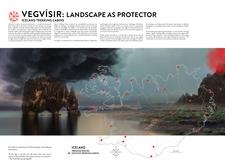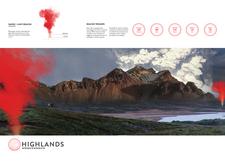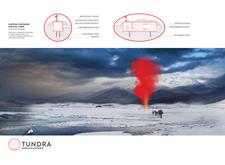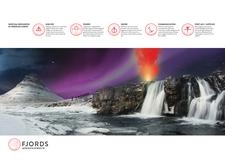5 key facts about this project
At its core, the project represents a synthesis of modern architectural principles and a deep respect for the site's existing landscape. The design's layout has been carefully calibrated to exhibit a balance between private and communal spaces, allowing for personal retreat while also encouraging social interactions. This duality is essential in contemporary architecture, where the need for both personal space and community connection is increasingly recognized.
The building materials selected for this project play a crucial role in its success. Reinforced concrete provides a solid foundation, ensuring durability and structural integrity. Steel elements contribute to the overall strength while permitting expansive open areas that facilitate versatile floor plans. The extensive use of glass not only enhances natural light within the interior spaces but also connects the inhabitants with the external environment, blurring the lines between inside and outside. Additionally, the integration of locally sourced stone reaffirms the project’s commitment to regionalism, grounding it in its geographical context and evoking a sense of place and belonging.
One of the most commendable aspects of this architectural design is its commitment to sustainability. The project incorporates features such as rainwater harvesting systems and solar panels, contributing to resource efficiency and reducing the building's carbon footprint. The green roofing elements not only serve functional purposes—like insulation—but also promote biodiversity in urban settings, demonstrating a clear understanding of ecological architecture. Such design choices are indicative of a broader movement within current architectural practices that prioritize environmental stewardship alongside aesthetic considerations.
The spatial organization of the project deserves distinct attention. Various zones have been crafted to serve multiple functions without compromising the sense of flow that characterizes the design. For instance, communal gathering areas comfortably transition into more private retreats, allowing occupants to engage in social activities or seek solitude as desired. This intentional layout not only enhances usability but reinforces the idea that architecture should respond to the needs of its users.
Unique design approaches have also been employed throughout the project, reflecting a progressive understanding of architecture. Notably, the incorporation of cantilevered sections adds both an artistic component and practical benefits, such as shaded outdoor areas and visual interest. This architectural technique showcases a contemporary aesthetic while providing the necessary protection from the elements, exemplifying how form can serve function seamlessly.
The project is a testament to what architecture can achieve when guided by thoughtful principles of design, sustainability, and contextual awareness. It illustrates the importance of a well-rounded approach that takes into account not just the building itself but also its interaction with the surroundings, its environmental impact, and the experience it provides for its users. For those interested in exploring this project in greater detail, examining the architectural plans, sections, designs, and innovative ideas will provide further insights into the thought process and creative solutions implemented throughout this endeavor. Engaging with these elements can enrich one’s understanding of modern architectural practices and the direction in which they are heading.


























